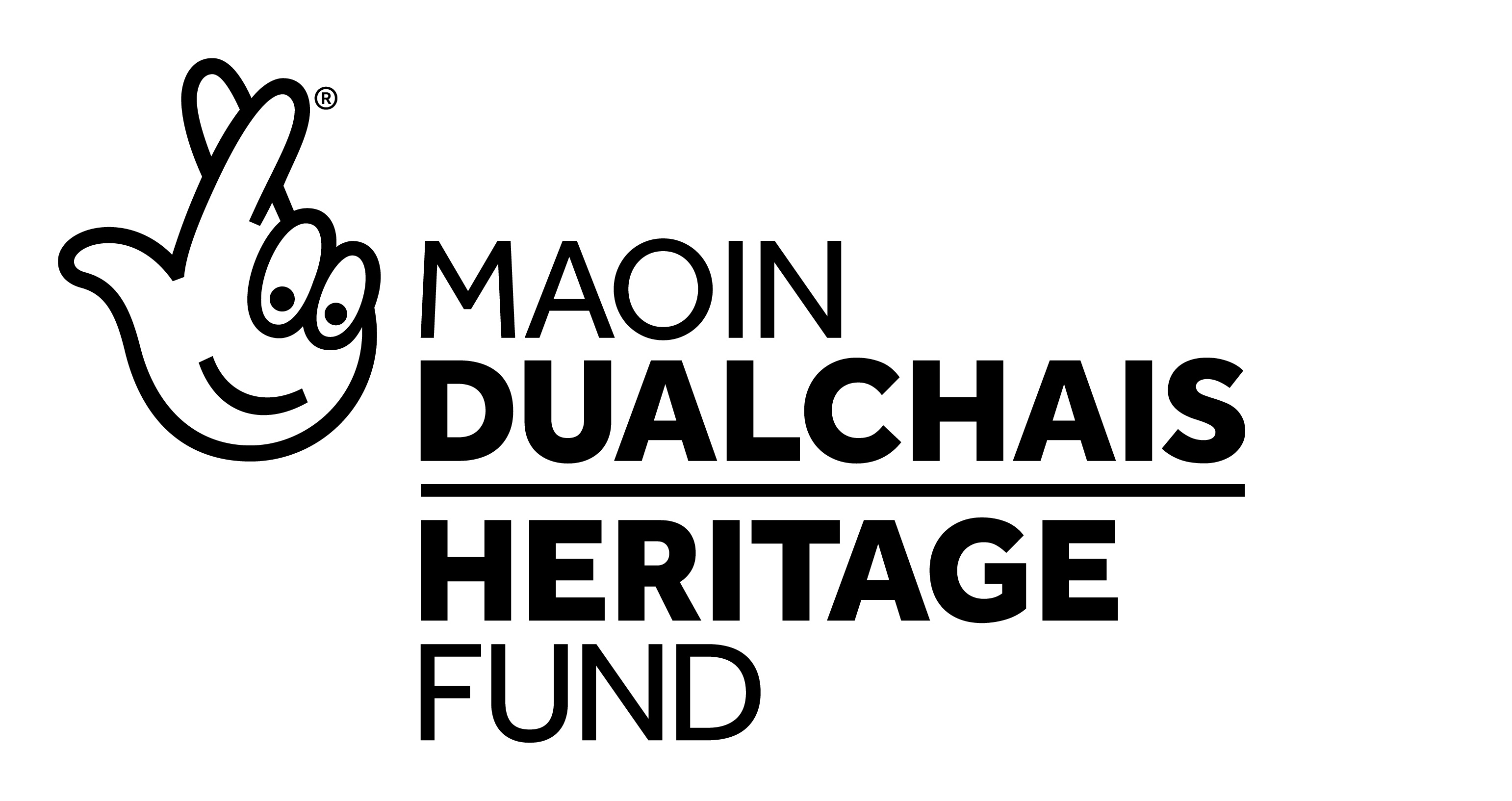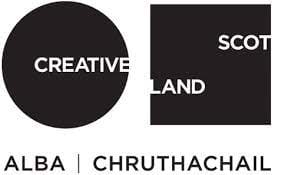-
 Tessa Lynch
Tessa Lynch
Testing Ground, 2022ScreenprintH 95 x W 68 cmEdition of 30 -
 Testing Ground ,
Testing Ground ,
Medium : Boxes, paper, making tape, graphite, screenprint
Photography Credit: Alan Dimmick
Houses Fit for People is a new installation from Glasgow-based artists Tessa Lynch which promotes alternative building techniques inspired by collaborative play and the natural world. Lynch has approached the exhibition by thinking of it as an ‘expanded print,’ a layering-up of different pieces, including a large mural and sound work.
‘Houses Fit For People’ is a continuation of Lynch’s practice that offers feminist readings of the city, highlighting issues of social reproduction that are often at odds with contemporary art and life. This is particularly important in the making of Lynch’s work where she uses collaboration as a feminist strategy for making work, she carves out support systems amongst peers and between community groups to ensure work reflects a shared human experience.
-
 Crying Woman, Photography Credit: Alan Dimmick
Crying Woman, Photography Credit: Alan DimmickThe exhibition as a whole elevates the creative status of the child. Techniques thought of as childish such as pasta printing, crayon rubbing and collage are plundered by the artist to emphasise the alternative thinking of the young enquiring mind. Much of the imagery and sound for the exhibition has come out of a childrens’ workshop that Lynch ran in April with Glasgow Sculpture Studios (GSS), where she holds a studio and is a regular contributor to the education programme.
Crying Woman is a large-scale intervention in the gallery, reconstructing a large construction site hoarding, and conversely, an area of the gallery now off-limits to the audience, painted in RAL shade ‘Worker’s Blue.’ Across the hoarding, taking inspiration from the work of photographer Anne Collier the title text is etched out in blown up pasta print.
-
Detail of Crying Woman
Medium : Site hoarding with wood, vinyl, plastic sheet, steelPhotography Credit: Alan Dimmick -
-
 Photography Credit: Alan Dimmick
Photography Credit: Alan DimmickArena — Stalled Space Table for a Community Garden
Medium : Wood, paint, steel, beads, plants -
Tessa Lynch continues to research the changing landscapes of cities across the UK, pertinent in light of the development taking place across Fountainbridge. Specific research for this show looked at the history of the Castle Mills site and its history as a factory for the North British Rubber Co Ltd. The North British Rubber Co Ltd archives tell the story of the factory’s expansion down to Dumfries in the early 1950’s and the need for new housing to encourage workers to settle there. This makes one reflect on how housing is planned today — with a limited return to office working and many shops trading online — how do we build a relevant house for the city of today? Are we at a point in time where we can completely re-imagine how a city might operate and is built? The artist’s work questions the suitability of the ubiquitous housing and commercial blocks being built up around Edinburgh Printmakers’ Castle Mills location.
28 Jul - 18 Sep 2022












